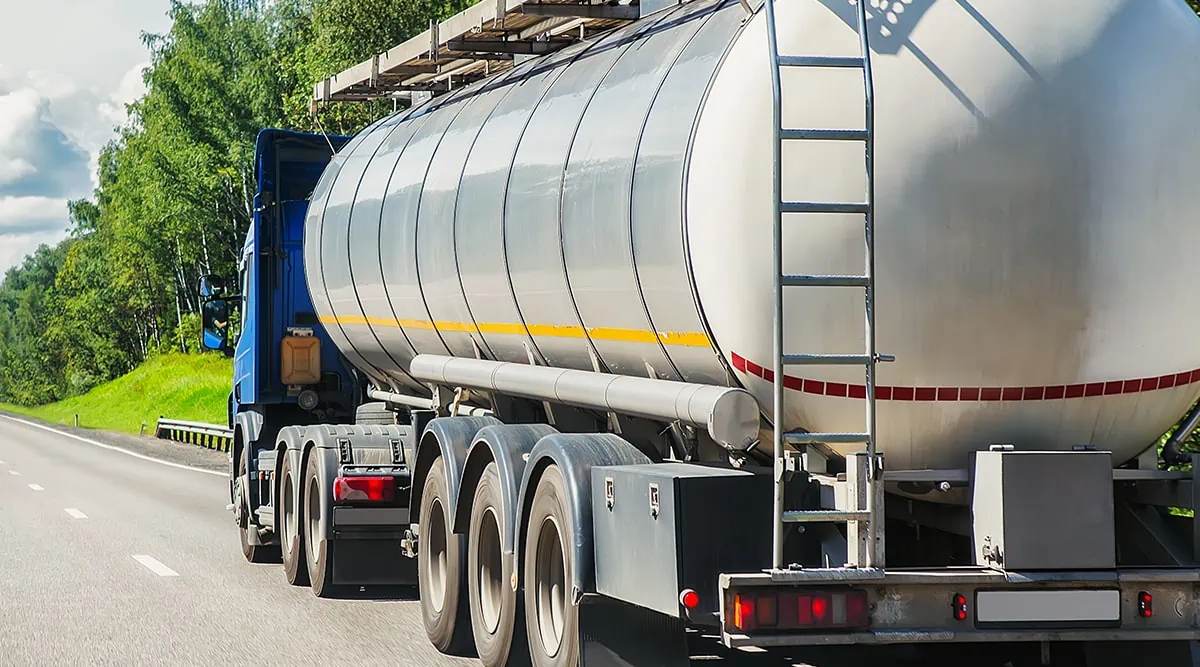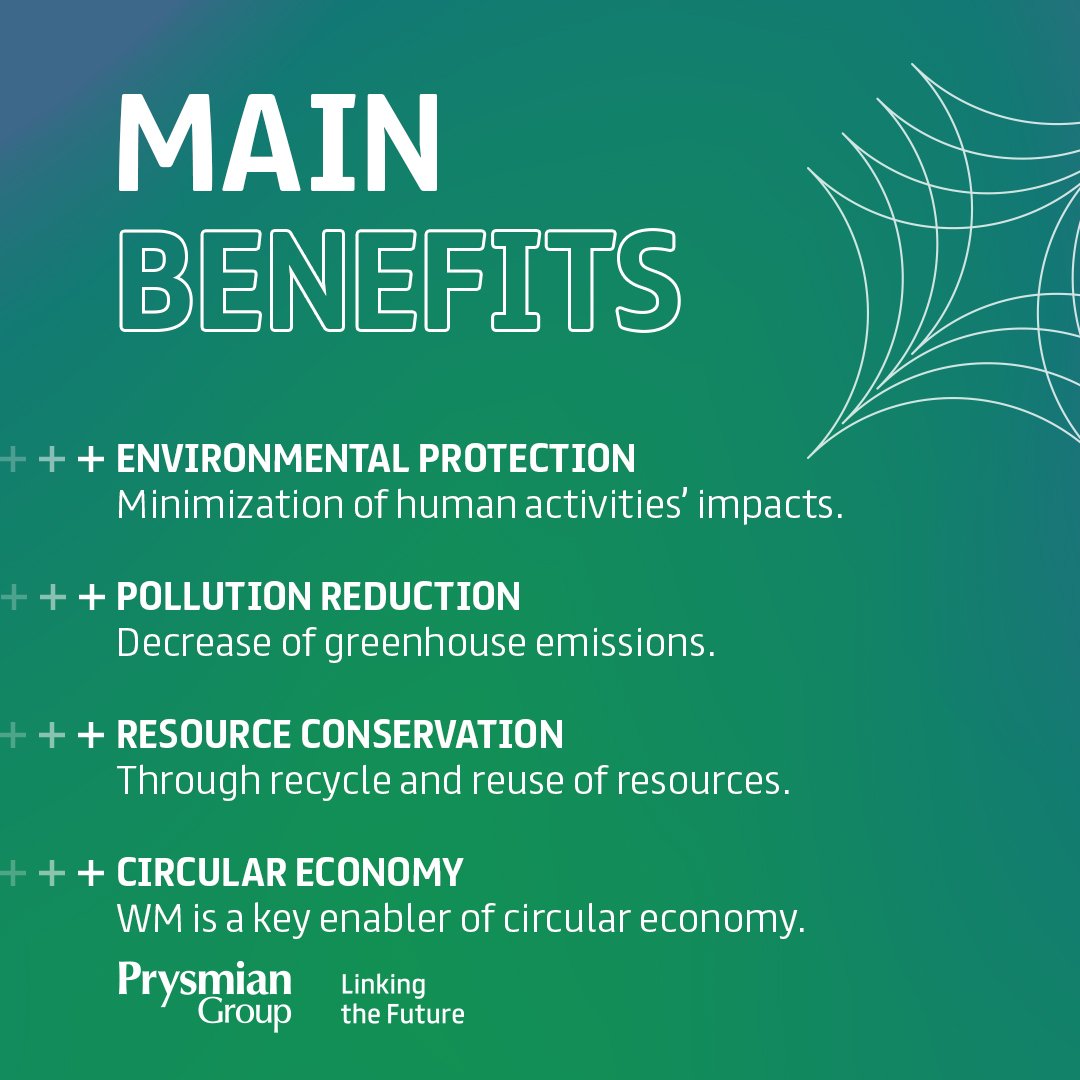The Greatest Guide To Reclaim Waste
The Greatest Guide To Reclaim Waste
Blog Article
Fascination About Reclaim Waste
Table of ContentsThe Basic Principles Of Reclaim Waste Little Known Questions About Reclaim Waste.The Best Strategy To Use For Reclaim WasteReclaim Waste Things To Know Before You Get ThisThe 9-Second Trick For Reclaim Waste
Domestic sewer waste refers to the waste and products from a household septic tank. The proper administration and disposal of residential sewage waste call for liquid waste to be transferred to a sewer treatment plant where the correct methods and devices are used to purify and dispose of waste.
Industrial waste often consists of possible hazards, such as combustible products or a mixture of liquid and strong waste items, and requires an advanced and comprehensive disposal process. The disposal of industrial waste typically includes the purification of waste before transportation to make sure secure and proper disposal. Industrial waste is produced from by-products and drainage of commercial procedures and manufacturing.
This kind of waste can not make use of the exact same sewer administration transportation or procedures as septic or business fluids. The industrial waste administration procedure calls for the examination and screening of fluid waste before it goes through the disposal procedure (liquid waste disposal melbourne). Overflow waste is the fluid waste that originates from overflow and excess stormwater in highly populated areas or cities
Runoff waste can trigger contamination and flooding otherwise taken care of effectively. Find out more regarding drain cleaning and waste management. Guaranteeing correct waste monitoring can protect against calamities and reduce environmental injury. Both individuals in household setups and experts in industrial or production industries can gain from comprehending the procedures and policies of liquid waste management.
The Best Strategy To Use For Reclaim Waste
Call PROS Solutions today to learn more about our waste administration and disposal solutions and the correct methods to look after the liquid waste you generate.
(https://profile.hatena.ne.jp/reclaimwaste1/)Do you know what takes place to your water when you pull the plug, flush the commode or drain pipes the cleaning equipment? No? Well, it's worth understanding. This so-called 'wastewater' is not just an important source but, after therapy, will be launched to our land, waterways or the sea. Used water from bathrooms, showers, baths, kitchen area sinks, laundries and commercial procedures is referred to as wastewater.

water made use of to cool machinery or tidy plant and equipment). Stormwater, a type of wastewater, is runoff that streams from farming and urban areas such as roof coverings, parks, gardens, roadways, courses and gutters right into stormwater drains pipes, after rain. Stormwater flows neglected straight to neighborhood creeks or rivers, eventually getting to the sea.
Some Known Factual Statements About Reclaim Waste
In Queensland, many wastewater is treated at sewer therapy plants. Wastewater is transferred from domestic or industrial websites via a system of sewers and pump terminals, referred to as sewage reticulation, to a sewer treatment plant. City governments construct, maintain and run most sewage treatment plants. Operators are licensed under the Environmental Management Act 1994 to discharge treated wastewater at an acceptable ecological criterion right into waterways.
The Division of Natural Resources recommends regional governments regarding managing, operating and keeping sewage systems and treatment plants. In unsewered locations, city governments may require owners to mount private or household sewer therapy systems to treat residential wastewater from commodes, kitchen areas, restrooms and laundries. The Division of Natural Resources authorises the use of house systems when they are verified to be efficient.
In some new subdivisions, treatment of some stormwater to get rid of clutter, sand and crushed rock has actually started using gross contaminant catches. Wastewater treatment takes place in four phases: Removes solid issue.
Wastewater then streams right into big containers where solids settle and are eliminated as sludge. Oil and scum are skimmed from the surface area. Uses small living organisms referred to as micro-organisms to break down and remove remaining liquified wastes and great bits. Micro-organisms and wastes are incorporated in the sludge. Eliminates nitrogen and phosphorus nutrients that could cause algal blooms in our rivers and intimidate water life.
The smart Trick of Reclaim Waste That Nobody is Discussing
Nutrient elimination is not available at all sewage therapy plants due to the fact that it calls for pricey specialized tools. It is coming to be more common in Queensland. Clear fluid effluent created after therapy might still consist of disease-causing micro-organisms. If this effluent is released into rivers such as rivers or the sea, the micro-organisms will at some point pass away out.

Most wastewater streams into the sewerage system. Under the Act, local governments carry out authorizations and licences for ecologically relevant activities (Periods) involving wastewater launches that might have a regional impact.
The Buzz on Reclaim Waste
Monitoring offers accurate info concerning water top quality and can validate that permit problems are being fulfilled. The details gotten via tracking offers the basis for making water quality decisions.
Report this page